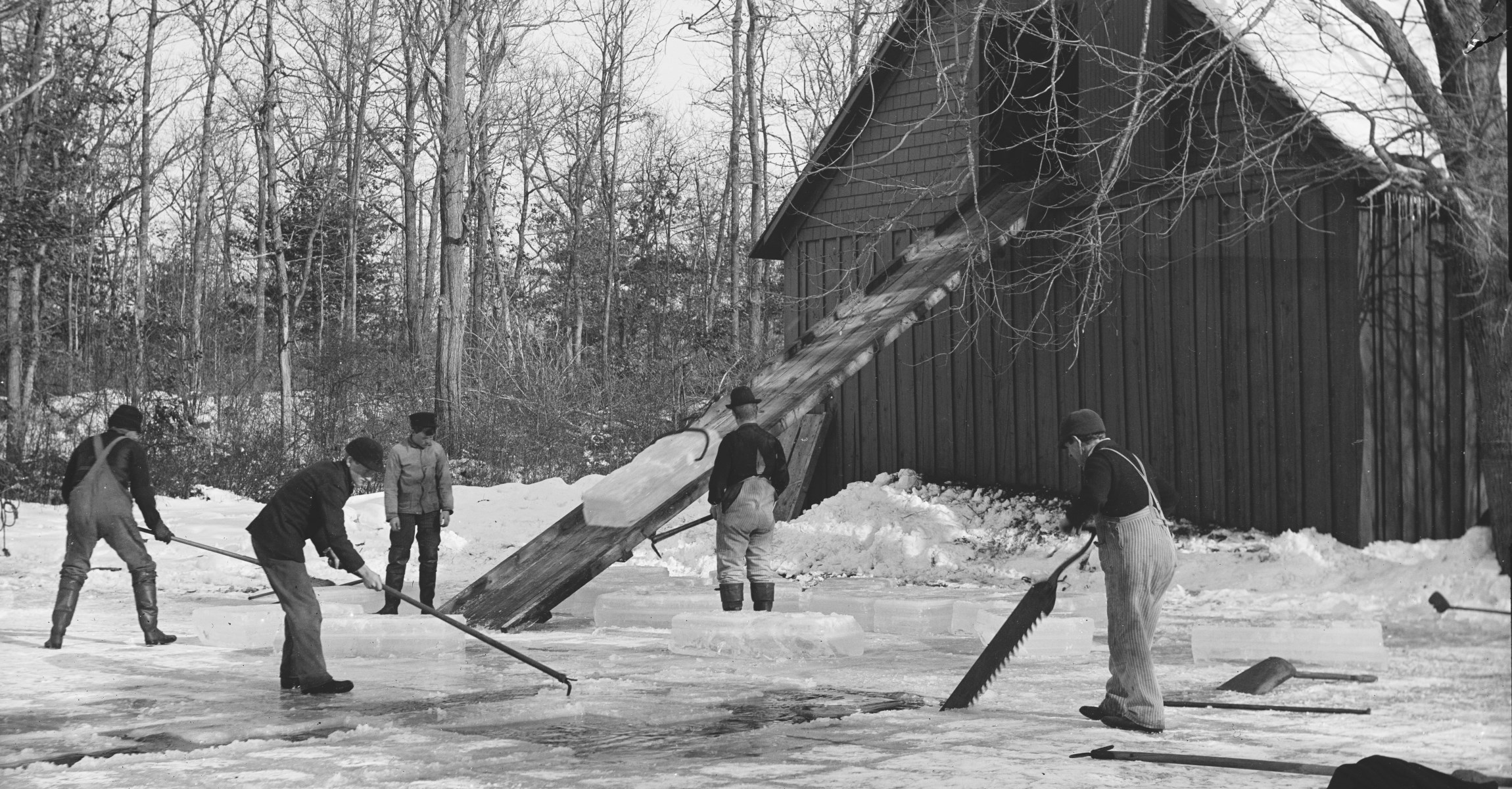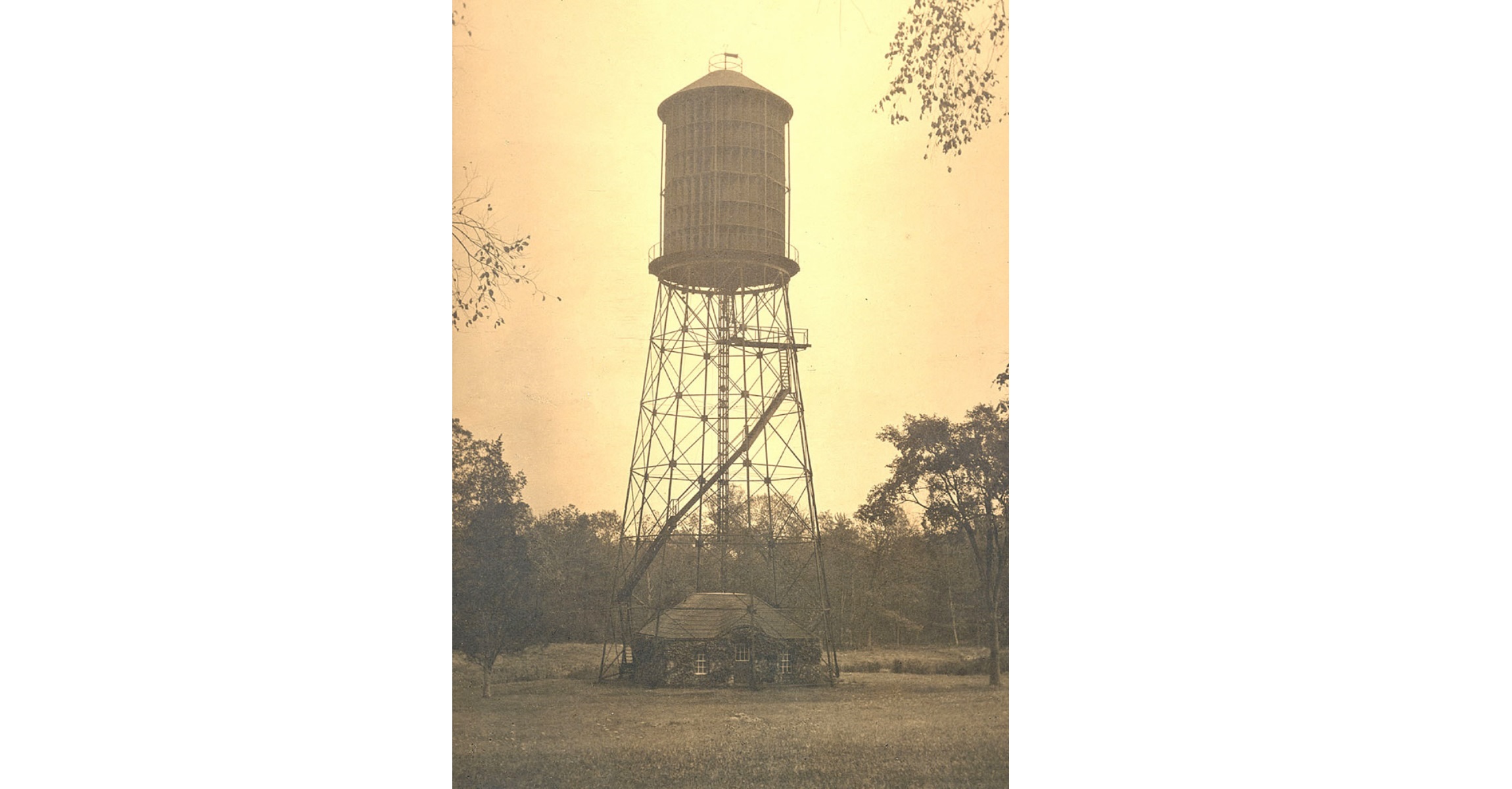 Eustis Estate
Eustis Estate
A Working Estate

Aside from his professional work and personal hobbies, W.E.C. Eustis was interested in managing his Milton estate as a working farm. Most of the open land was cultivated, tended by a farm manager and a staff of gardeners and laborers. A large greenhouse was built on the property in the early 1890s and the boiler house behind it still stands.

The Eustises also created a small pond so that ice could be harvested during the winter. A wooden structure was built along the shore of the pond where ice could be stored.

In 1902 W.E.C. built a fieldstone power house near the pond. One hundred seventy-five feet above it stood a large wind turbine that powered a generator inside. This electricity was first wired to the library and eventually to the rest of the house. According to family lore, even after the entire house was connected to municipal power, W.E.C. kept the library hooked up to the on-site power source, which he believed to be more reliable. As a result, the library never lost electricity when the rest of the main house did.

Swedish immigrant Manning Johnson worked as the landscape gardener on the estate from 1904-1917. One of his many responsibilities was to maintain the windmill and power system. His son Paul grew up on the estate and loved to follow his dad as he worked:
He would check [the windmill] twice a day to change instrument charts and to see that everything was working fine. The wind would usually handle the generating of electricity and the pumping of water, but in calm weather, Dad would start the huge gas engine to supplement the wind…The engine could be heard half a mile away. The mill would pump water and charge the batteries in the basement of the big house. At one time, it supplied the electricity needed for all purposes. (One Man’s Story, by Paul Johnson, 1991)